- 26 Posts
- 31 Comments
 2·9 months ago
2·9 months agoReverse Collapse: Codename Bakery is fun yet challenging especially in its stealth maps and puzzle maps. Since I played for the story I went for casual difficulty which presents a fair challenge in achieving the best rank possible (S-rank) while encouraging the player to use their items and overcome specific problems (such as a certain enemy’s one-hit kill skill) with it. Higher difficulties present their dilemmas less in the form of increased enemy statistics but rather in the mass of enemies encountered, their positioning, and being obstacles that prevent easy achievement of the S-rank completion. That said there are definitely items that get used way more either due to being useful precursors (fragmentation grenades) or being too good in comparison (rocket launcher, cruise missiles, and painkillers/healing grenades).
Its story is gripping starting from the well worn war story trope of surviving an ambush to one that incorporates timeline hopping pretty well. And while the vast bulk of the story is presented in visual novel format, there are both well animated cutscenes that utilize the game’s engine to express kinetic scenes and more mundane game engine actions that are combined with text boxes to express movement and actions that would be hard to do using purely game mechanics.
Setting-wise, it takes place in the near far future in a post-post-apocalyptic earth where alien space radiation leaking into the environment due to an explosive accident created the conditions for WW3 through extensive environmental damage while also turning any survivors (both humans and in another game, Girls Frontline 2 Exilum, animals too) into silicified zombies capable of tearing apart mechs and tanks. Human civilization survived and adapted to the point of eventually being able to decontaminate the environment and provide treatment for people infected by the alien space radiation (though expensive). The protagonist’s faction, the Antarctic Union (AU), survived WW3 through isolationism and reverse-engineering alien technology that allows “for the discorporation and reconstruction of matter at will, and even the transmission of matter over long distances”, collapse and reverse collapse. The antagonist faction, the Union of Rossartist Nation Coalition (URNC), lacks this technological capability and as a result the URNC has resorted to extreme measures to close this gap during the war with the AU due to suffering extreme losses despite a massive industrial and automation discrepancy in their favor. The events of the story takes place in the Caucasus where the protagonist faction seeks to extract an individual whose biological makeup allows her to safely activate the alien artifact sites that contains the secrets to reverse engineer this alien technology.

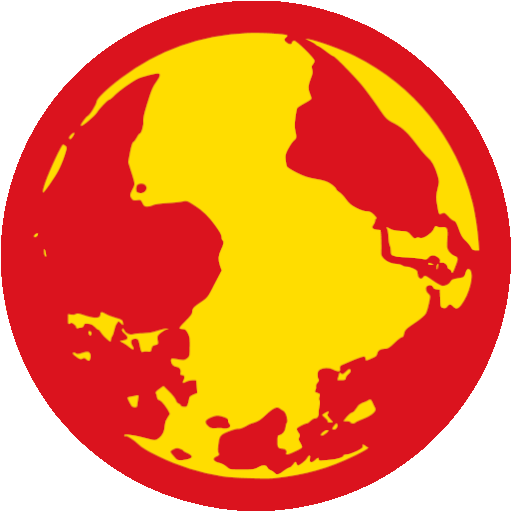 12·9 months ago
12·9 months agoAs an example, he pointed to main battle tanks. Before the war, he said, Russia was delivering about 150 to 250 a year. But of those, he assessed, about 20 to 30 would have been new, while the rest were heavily refurbished. So while Cavoli’s written testimony in April said Russia could make up to 1,200 tanks per year, Connolly estimated that, at a maximum, 400 of those are new or heavily refurbished. Everything else, he said, is pulled from storage, lightly repaired and then deployed. The RUSI report from February estimated about 80% of Russia’s wartime production was actually refurbished, aging materiel.
Only in the West can one find a way to interpret an increase in armored vehicle production by the opposition to actually be good news because it’s actually fake.

It can’t be helped after all. The officers were taught that maneuver warfare is the ultimate form of warfare and the apparent success against Iraq validated this.
And since Marx has been expunged from the academy there is no possibility of reorganizing theory such that positional warfare can stand on an equal or relational (or dare we say it dialectical) footing with maneuver warfare.

 8·11 months ago
8·11 months agoA predictable story from start to finish.
This is really giving Karl Marx too much credit. Granted, he was a brilliant thinker and analyst in the 19th century. But some of his followers hijacked his brand and launched the Soviet Union and the People’s Republic of China, with generally regrettable results. In this century, however, he’s mostly forgotten — except by a handful of real Marxists. And to make him relevant again, his followers are redefining him as a 21st-century thinker.
It was also the Marxism and “Amerikanizm” of the Bolsheviks, who under Stalin imported hundreds of American experts to build modern factories to enhance productivity and economic growth. All the Soviets really achieved was Chernobyl and the destruction of the Aral Sea, and a parody of western capitalism in which Communist party officials enjoyed a good standard of living and everyone else did not. Marx himself would have predicted the collapse of the Soviet Union from its own internal contradictions.
Marx actually began to think Russia might escape capitalism altogether by adopting its old communal society enhanced by some modern technology. Saito calls it “communism in living,” like the communism of the family extended to the larger community. Soviet Russia was a ghastly travesty of such communism.
The article starts off with anti-communist tropes and then further confirms that the article’s author fully buys into Western explanations and assumptions of history. In light of this, it is no surprise that the author’s endorsed solutions are inadequate and it is also no surprise that other solutions based off of existing successes in the PRC and elsewhere are absent in the article.
These are the proposed solutions mentioned in the article:
Certainly, the shortening of the working day is a precondition for the expansion of the realm of freedom, but the fairer (re)distribution of income and resources can also shorten the working day without the increase of productive forces. In addition, by cutting down unnecessary production in branches such as advertisement, marketing, consulting and finance, it would also be possible to eliminate unnecessary labour and reduce excessive production as well as consumption.
The first proposition, reduction of working hours, is fine by itself and has been historically fought for and granted by the Soviet Union and other socialist movements and powers. In the context of the article which has explicitly argued against industry, the author is implicitly arguing for more labor to be engaged in menial work because that’s the only allowable path to compensate for a drop in working hours.
For the second proposition, the author is effectively saying that one only has to change the superstructure to arrive at utopia. The proposition is nonsense both in freeing labor and in explaining why trends like planned obsolescence exist. In the United States , the employment of people in the mentioned fields amount to at most 2.4m people. U-6 unemployment presently (7.1%) accounts for ~11m people. In other words there are already many people who are free for work and whose desire for work helps suppress the wages of others. If anything creating employment that will be the difficult task ahead. The author also demonstrably ignores the base with by laying the creation of trends like planned obsolescence at the feet of marketing, advertising, etc. Even if such superstructural economic sectors were to miraculously disappear, planned obsolescence would still be implemented in order to stave off a crisis of overproduction with the only difference being how it will be justified.
In conclusion, if “Degrowth Communism” is to be in favor of anti-communism, deindustrialization, and the feudal mode of production, then it will find purchase primarily in the West in order to divide and suppress socialist movements alongside compradors in the Global South. The PRC and the rest of the world will seek a different model whose logical endpoint is not the impoverishment of the Global South for the sake of the West.

 9·1 year ago
9·1 year agoUkraine started off as the most well-armed European army besides Russia. Thousands of tanks, armored fighting vehicles, artillery pieces, hundreds of jets, large stockpiles of artillery ammunition and small drones, etc. This was all backed by years of ideological hardening and training and the willingness to conscript right off the bat.
All of that has been whittled down and the delusion nurtured both by Ukraine and the Western media to dominate the (English-speaking) information sphere. This has the effect of the West sending minimal replacements for the equipment spent and lost because they believed they only had to kick in the door for the whole rotten structure to fall apart.
It’s not coincidental that Lefteast keeps on publishing a ton of nonspecific leftists and liberals. It’s not a coincidence that their “anti-war” tag is filled up with results applied to Russia yet never Ukraine or their Western backers. Their loyalties are wholly with the West especially when they publish an article petitioning for even more effective economic warfare and color revolutions: https://lefteast.org/invasion-should-change-sanctions/
Yeah the article itself is decent when it’s not hitting the limits of ultra-leftism with regards to geopolitics.
There’s some real stinkers on the website though: https://lefteast.org/wagnerization-how-putin-degraded-the-russian-state/
A democratic transition in Russia, which is not accompanied by the disorganization of the state similar to the 1990s, will be a real miracle. And yet, only a democratic transition can ultimately lead to the emergence of a strong, capable state in Russia. Putin’s model of authoritarian state-building showed its results after 23 years: the bombing of the highway near Voronezh, the dead pilots, the Deputy Minister of Defense, being scolded by a former criminal who now leads the army of criminals. “Russia needs a strong state power and must have it.” … Ilya Matveev is a researcher focusing on Russian and comparative political economy. His academic work has appeared in South Atlantic Quarterly, Journal of Labor and Society, Europe-Asia Studies, East European Politics and other journals. He has contributed to Jacobin, openDemocracy and other media outlets. He is a member of the Public Sociology Laboratory, a group of Russian social scientists studying post-Soviet societies from a critical perspective. Ilya is also an affiliate of the Alameda Institute, a new research network of left-wing intellectuals.
It’s a pretty fascinating juxtaposition between that article about how liberalism deindustrialized Kyrgystan and only to then see this republished article concluding there is a need for even more liberalism to be applied again to the Russians written by someone with a background compatible with liberalism.

From the leaked intelligence documents (see https://lemmygrad.ml/post/594109 ), even the military is working off of Oryx and whatever the Ukrainians tell them. In other words, the capability to properly assess their foe is already compromised by deliberate propagandizing before the usual friction that makes assessment difficult.
For the regular congress people who are supposed to hold a leash on the military, their information is most certainly from regular newspapers and think tanks who are on the slava train. It was only it became impossible to lie and obfuscate success that the newspapers and think tanks walked away from unconditional slavaing.
https://zhuanlan.zhihu.com/p/620436462
Chinese blog post that contains higher quality versions of the leaked documents and the poster’s own analysis of the leak.
It was less the tendency for liberals to be drawn towards ubermensch sentimentality and more the material conditions the Western tanks were created under. The Soviet T-64/72/80 series would end up with about ~43.5k produced. The production run for Western tanks are around ~16k total. Add in the vast amount of T-55s/62s and various BMPs and that would create some pressure on them to somehow cope with fighting the Soviet and Warsaw Pact where being outnumbered 3:1 is to be expected.
Combined with the fact that Western procurement has to factor in the profit motive for armaments production and having missed out on the weight-saving technological solutions of autoloaders and ERA at the time, Western tank development would inevitably be drawn to weight busting, costly tanks.
Ever since the Russo-Japanese War artillery has been the main cause of death in conventional wars. There are exceptions but those are often under conditions of a guerrila war or between combatants unable to sustain enough forces to maintain an unbroken front line. In the face of artillery, armored vehicles are required to maneuver and the tank remains the only ground-based platform able to survive artillery shrapnel and simultaneously deliver firepower. IFVs, APCs, and the various fire support vehicles can survive shrapnel relatively better than their unarmored counterparts but are vulnerable to the many anti-tank munitions from all angles including their frontal arc. Contemporary main battle tanks still force their opponents to wait for better opportunities to fire into less armored sides, rears, and tops with the wrinkle being that the much more available FPV drones can easier find those opportunities. Tanks and their support arms will evolve in the future to take into account the work of enemy drones such as electronic warfare units becoming more involved and active protection systems being incorporated into new designs and retrofitted onto existing tank fleets.
What is most definitively dead however is the legend of Western tank supremacy. It used to be that because of battles like 73 Easting, Medina Ridge, and Norfolk that Soviet tanks are qualitatively inferior in all aspects for the common layman. Losses incurred during the Global War On Terror era can always be brushed off to exceptional circumstances or the weakness of auxiliaries. If anything, the deficiency in anti-tank weaponry among the guerilla forces during this era only reinforced the stasis of Western tank development because the existing tank fleet is good enough despite the criticisms of sustainability leveled against it. But by failing to create victory out of thin air in Ukraine, the legend of Western tank supremacy is forced back into reality that it is not just firepower, armor, and speed that matter but also their numbers.
The propagandists will be hard at work to stop common layman from drifting off into this reality by blaming Ukraine’s inadequacy and “Soviet-style thinking” while denigrating bean counting as a measure of military strength by invoking the first Gulf War. For the generals and designers however, they can either accept reality and silently make concessions to it or pay the cost in blood by reaching for the comfort of myth and propaganda.

 2·2 years ago
2·2 years agoThe fact that usable gallium is a byproduct of aluminum smelting combined with the political economy that is neoliberalism is pretty much a slow death by inflation for producing military radars. With only privatized actors from the resource extraction stage to the final stage of manufacturing, either the US pays exorbitant ransoms to Northrup-Grumman to keep the production line of AESA radars open or it wastes away and the US cannibalizes its stockpile of AESA radars when the captains of industry shift the use of gallium towards more reliable civilian production and contracts.
With an upgraded 9M117, even these lads will threaten Abrams and Leopards from the frontal arc.
What’s up with all the downvotes? Bot raid?
It’s pretty dull reading to be honest, because of my familiarity with milhist discussions and because it doesn’t say anything new for this type of discussion.
To start off, the article logically concludes that civil war can be provoked by the combination of domestic culture war contradictions coming to the fore, economic downturn, and being on the losing end of a war that the United States is directly involved in.
Analysis is then obscured or outright incorrect due to the author’s focus on the American Culture War and related tropes. Tax for example is one. The kernel of truth is that population and thus labor is important for economic and military matters. However focusing just on raw population number obscures that education, technology, and of course economic structure are significant factors to the productivity of labor and consequentially the tax that will be collected. Thus while New York’s population is small it is able to contribute $393,135,616,000.00 (Source: SOI Tax Stats - Gross Collections, by Type of Tax and State - IRS Data Book Table 5) to the Federal Government. Another factor lost in comparing raw population number is age; Florida has 21.1% estimated to be 65 and older in comparison to NY, CA, and TX whose respective percentages are 17.5%, 15.2% and 13.1% (Source: US Census Bureau Quickfacts https://www.census.gov/quickfacts/fact/table/NY,TX,CA,FL/PST045222 ) which means that Florida is less productive than its population number would make it seem. There’s other factors that make the focus on population numbers myopic but it’s getting a bit long for the post; in summary it’s an analysis that’s too simplistic and would lead towards erroneous conclusions if acted on.
Another aspect of the author’s analysis being clouded by the American Culture War focus is how industrial capacity is essentially only this paragraph:
Certainly, that’s what could happen. Of course, depending on who exactly is seceding, one must recall that much of the U.S.’s most important manufacturing and productive infrastructure, particularly that of the military variety, resides in states at risk of secession. Texas, for example, holds most of the country’s key oil production facilities. Many of the U.S. military’s most important high-tech weaponry is manufactured, or stationed in, southern states: whether it’s the F-35 in Georgia or the critical munitions factories in Mississippi and Louisiana, including this one: (picture Louisiana gunpowder factory)
In other words, it is taken as fact that in the realm of the “real” economy the winner are unquestionably the red states. BEA GDP statistics however says otherwise. California dominates agriculture and related; is number one when it comes to manufacturing, and is neck-to-neck with Texas in the field of machinery manufacturing. (source: https://apps.bea.gov/itable/?ReqID=70&step=1#eyJhcHBpZCI6NzAsInN0ZXBzIjpbMSwyNCwyOSwyNSwzMSwyNiwyNywzMF0sImRhdGEiOltbIlRhYmxlSWQiLCI1MDUiXSxbIkNsYXNzaWZpY2F0aW9uIiwiTkFJQ1MiXSxbIk1ham9yX0FyZWEiLCIwIl0sWyJTdGF0ZSIsWyIwIl1dLFsiQXJlYSIsWyIwMDAwMCJdXSxbIlN0YXRpc3RpYyIsWyItMSJdXSxbIlVuaXRfb2ZfbWVhc3VyZSIsIkxldmVscyJdLFsiWWVhciIsWyIyMDIxIl1dLFsiWWVhckJlZ2luIiwiLTEiXSxbIlllYXJfRW5kIiwiLTEiXV19) For DoD spending specifically, California too appears in the top ten of awarded defense contracts with $57.4 billion in defense spending (source:https://www.defense.gov/News/Releases/Release/Article/3194361/dod-releases-report-on-defense-spending-by-state-in-fiscal-year-2021/) and from that report’s data California’s notable top contractors are Northrop Grumman, Boeing, Lockheed Martin, Raytheon Technologies, General Atomics, Aerospace Corp., and General Dynamics. And although New York state contributes a large amount of services, it still makes a surprising amount of “real” products which means it makes top ten in a surprising amount of manufacturing fields in the BEA data. In other words, from the BEA data it is far from certain that the red states will have supremacy in industry.
Finally, it is surprising that the author hasn’t incorporated any lesson from either the earlier phase of the Ukraine conflict or this present phase of the conflict. In other words, the combination of armed (para)military and propaganda can allow for the loyalist Federal forces to extract resources, manpower, and taxes from seemingly rebel-aligned areas. The present conflict after all started with initial Ukrainian contact at the borders of Crimea and the seperatist-held parts of Donetsk and Luhansk. This also means that a secessionist Texas will have to move quickly to suppress loyalist uprisings in its urban settlements just as Federal forces will have to go into the countryside to secure lines of communications. The frontlines of the second American civil war will harden around geographical features rather than administrative lines.
tl;dr - Article’s analysis is undermined because cursory application of economic data and history means that red states don’t have industrial supremacy despite right wing culture war tropes.

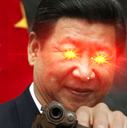 7·2 years ago
7·2 years agoUnless this bold idea championing maneuver warfare is about maneuvering into Belgorod/Kursk/Bryansk oblasts, this is pretty much hoping that the conditions for Kharkov are present again (i.e. too few Russian forces to stop Ukrainian mobile groups constantly outflanking and threatening encirclements).
Anything else and it’s just elaborate suicide schemes by Russian artillery.
Think tank couldn’t find open source information on GMLRS rocket production. Compared to unguided 155mm the stated rates of GMLRS rocket production are unimpressive but they are more than the Excalibur 155mm production rates.

 3·2 years ago
3·2 years agoWhat a good day for trains.
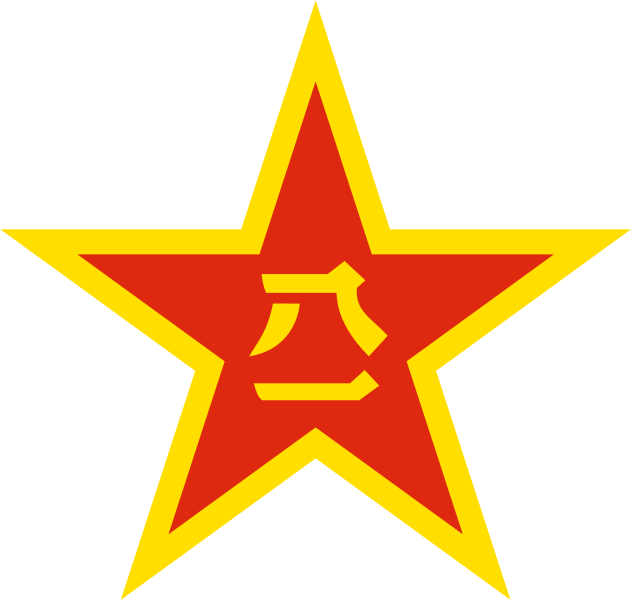
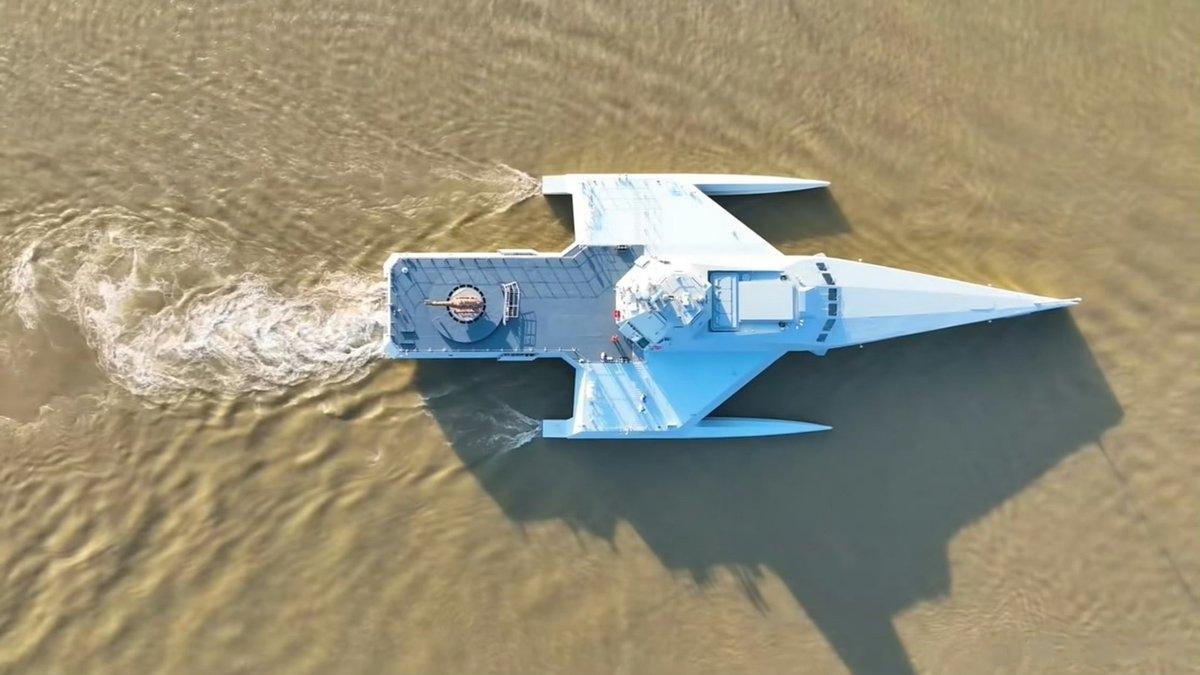
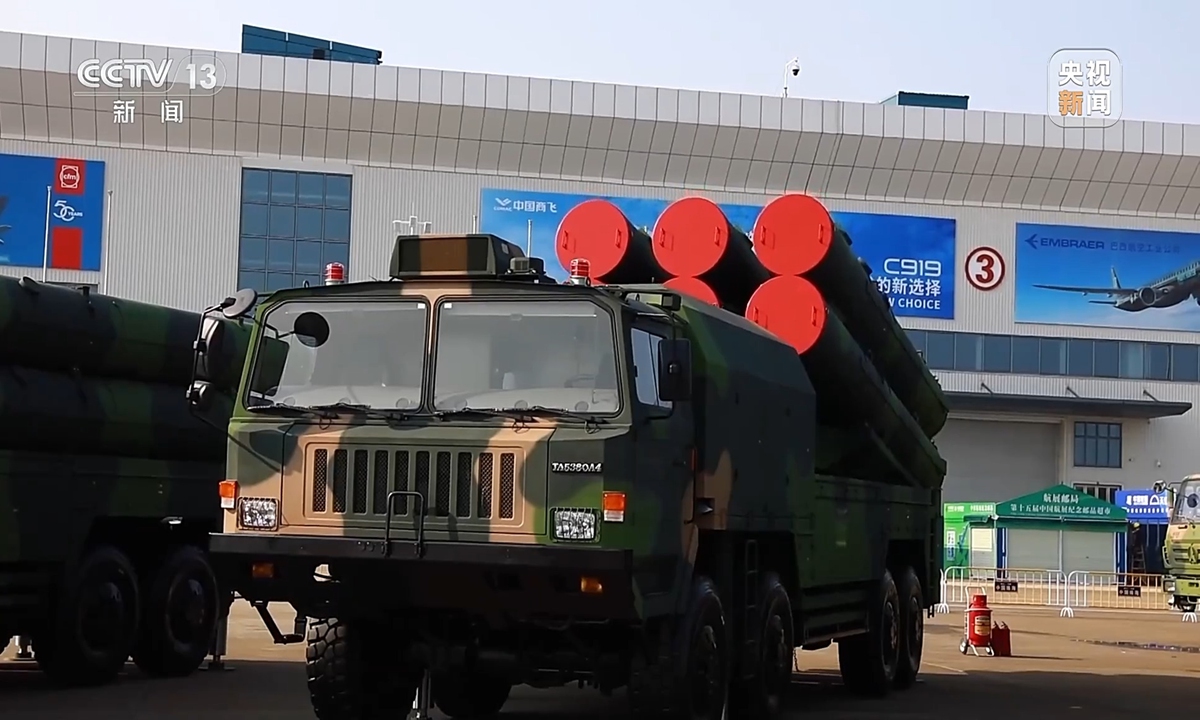



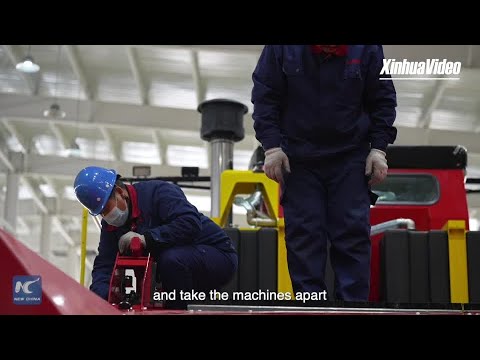
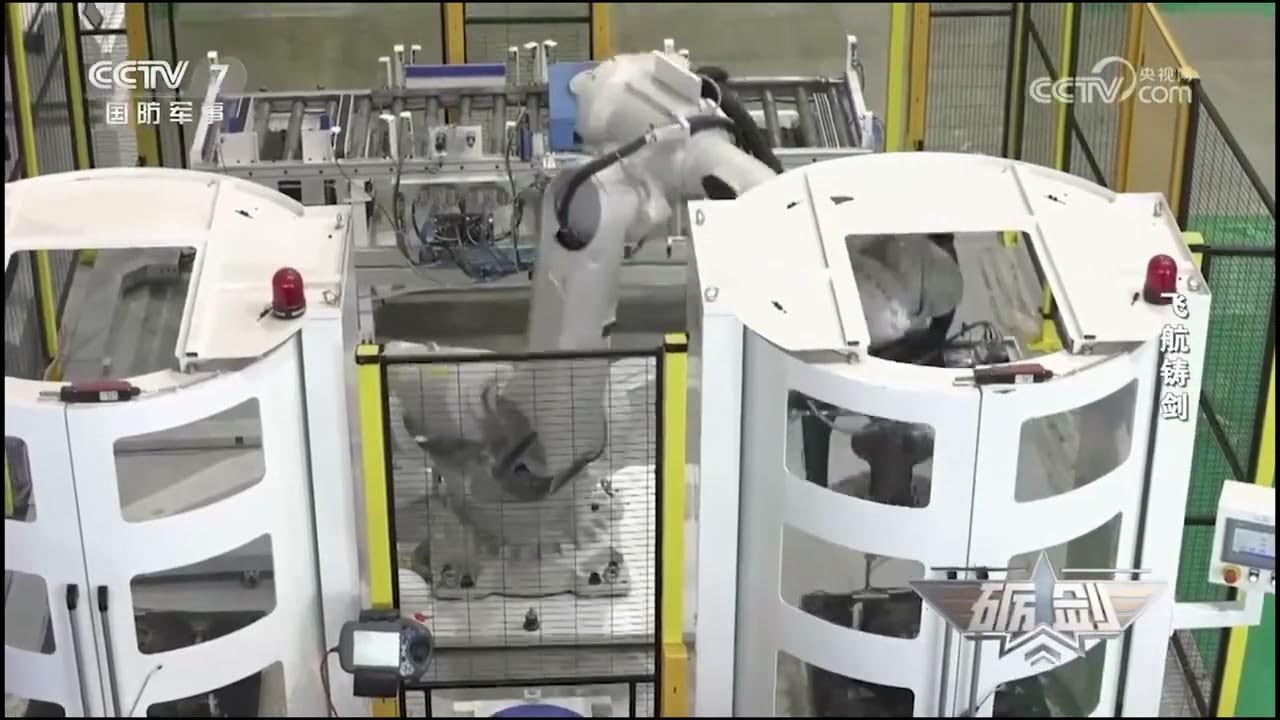



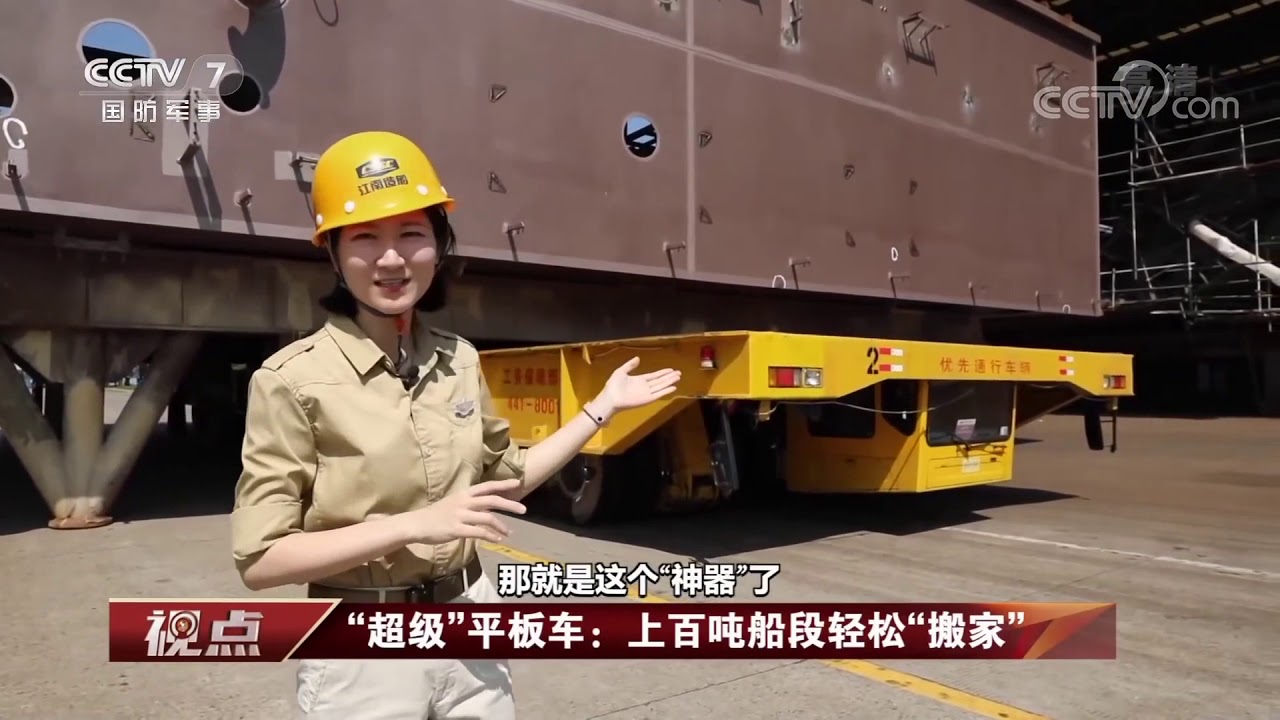
The dearth of media on stuff like this from the communist parts in the anglo-internet is definitely a weakness yeah. Same with how interesting military-history/science texts requires enduring the right-wing commentary to get to the interesting parts.